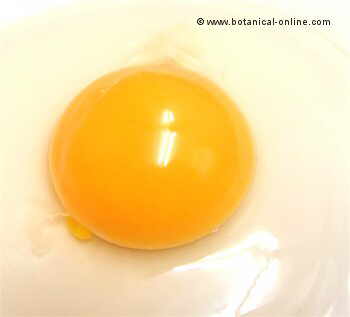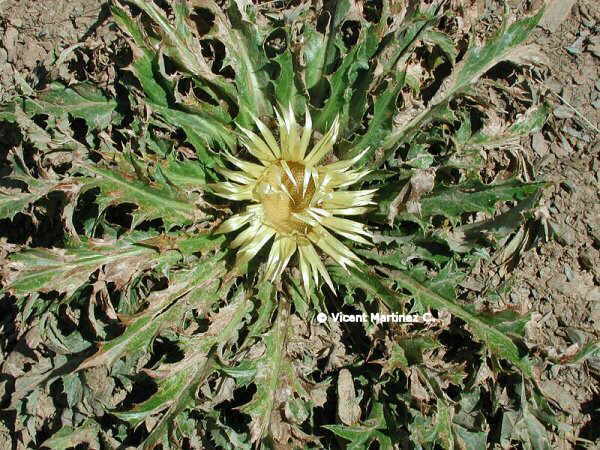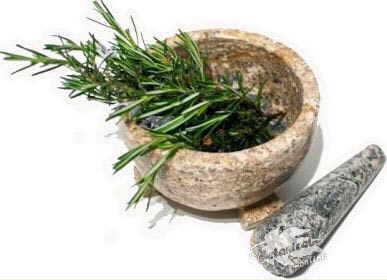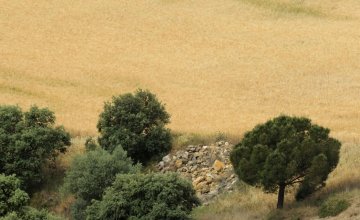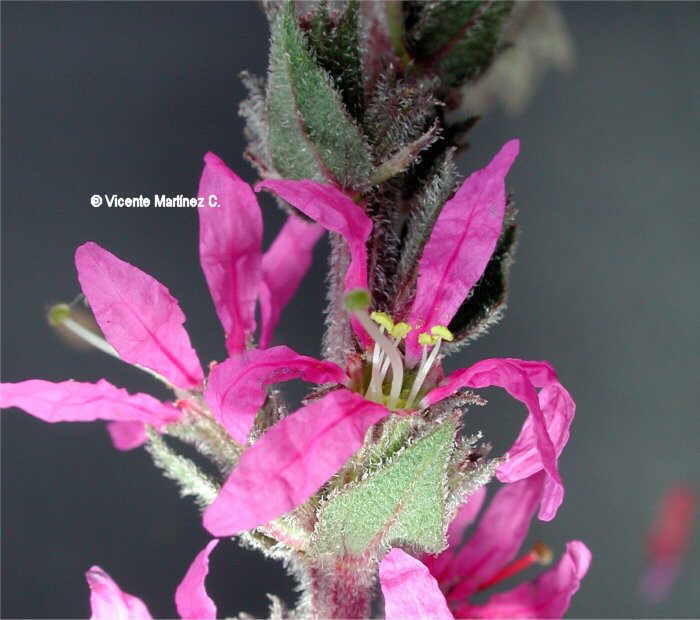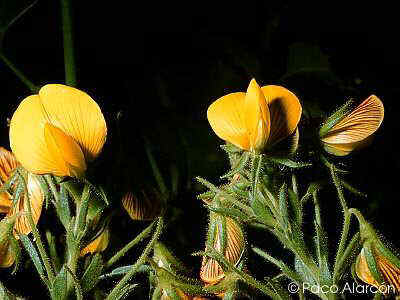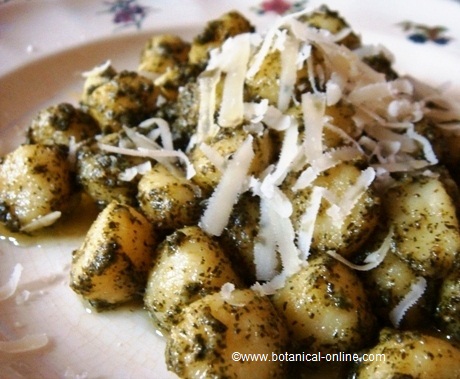Contents
(Annona muricata)
HOW TO GROW SOURSOP O GRAVIOLA
Cultivation of graviola
Soursop (Annona muricata) is a tropical plant from the Annonaceae family, the same family other fruits, such as cherimoya, belong.
In some regions, it is known as guanabana, graviola, guanaba, huanaba, zopote de viejas, catoche, anón o anona.
In English, it is called soursop
Description of guanabana
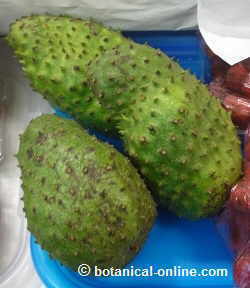
Photography of soursop in a market.
Evergreen shrub, 5 to 9 m. high.
Oblong or elliptical hard leaves, 5 – 15 cm. long; 6 cm. wide, dark green on the underside and yellowish on the reverse.
Solitary flowers 2 to 3 cm. They are growing in the branches or on the same trunk.
Soursop fruit is the largest one in all the trees of the guanabana family. Hunch shaped or oval, measuring up to 40 cm. in diameter and can weigh up to 2 kg. Its surface is bright green and it is characterized by the presence of more or less distinctive spikes or spines.
The interior is very similar to a cherimoya, showing a white pulp and many flattened ovoid seeds, separated by carpels. Its texture is soft and juicy, with sour taste.
What is the suitable climate for guanabana cultivation?
Being native to Central America, guanabana needs a tropical climate to bear fruit. Practice explains that there have been no reported cases of success in growing soursop in the Mediterranean region, where it does not come to fruition. The main climate requirements for it to grow properly are the following:
– Less than 1,000 meters above sea level.
– Average annual temperature 25 ° C.
– Annual Rainfall of 1000mm.
Soil requirements
– Soil type: sandy, deep, well drained, rich in organic matter.
– Slightly acid soil with a pH from 5.5 to 6.5
– It does not tolerate waterlogging.
How to propagate guanabana?
Reproduction is being done by means of seeds. Graviola seeds are purchased in stores or preferably obtained from fresh fruits. Seedlings must always remain moist and shaded.
Germination occurs between 2 and 4 weeks later.
At 30 cm. tall, it should be transplanted outdoors. Plants should be placed at a distance of 3.5 to 4.5 meters each other.
It is reported that in six years the trees can grow up to 4.5 m. high.
The plant is usually grafted with cherimoya or other plants of its family.
Obtained by seed trees, it will bear fruit at 5 years. Soursop usually has insufficient pollination and has a low fruit productivity.
Flowering and harvesting
Guanabana flowers are solitary in the stem or branches. You may find fruits on the same tree trunk.
Fruits mature in 70-120 days. They should be collected when the skin is greenish, before it falls from the tree (falling could damage the fruit).
When the fruit is soft if you press it with your thumb, it can last up to 3-4 days in the refrigerator.
A tree can produce between 12 and 20 to 25 fruits per year.
Diseases and pests
- Cochineal
- Caribean Fruit fly (Anastrepha suspensa, A. striata and Ceratitis capitata)
- Anthracnose (Collectotrichum gloeosporioides)
- Red Spider (in dry climates)
*Related information:
– Nutritional benefits of guanabana
![]() More information on guanabana.
More information on guanabana.


